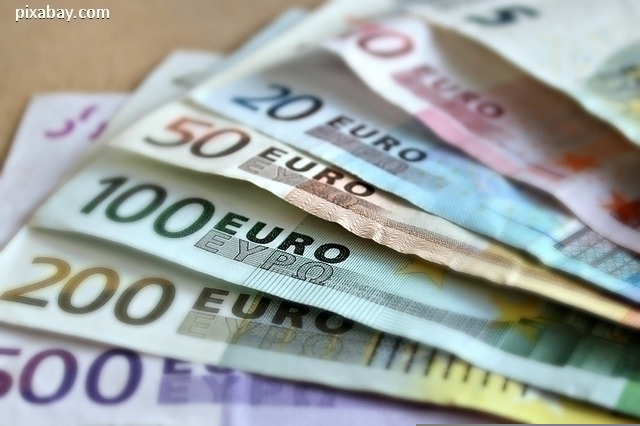Eurozone sinks into recession
The European Union has managed to narrowly avoid going into recession, not so the eurozone.

Ştefan Stoica, 09.06.2023, 14:00
The
eurozone economy shrank both in the first quarter of 2023 and the last quarter
of 2022, the European statistics office Eurostat announced on Thursday.
Technically, this means that all EU states using the European single currency
have gone into recession. Initially, Eurostat had announced a stagnation in the
last quarter of 2022 compared with the previous quarter and a 0.1% growth in
the first quarter of 2023, but the revised figures show a drop in the eurozone GDP by 0.1% in
both quarters.
On
the other hand, the EU’s and euzone’s economy saw a growth rate of 1% in the
first quarter of 2023 compared with the similar period in 2022. The highest GDP
levels are recorded in Spain, Cyprus and Malta, all with more than 3%, followed
by Romania, with 2.8%. Significant decreases were reported in Estonia,
Lithuania and Hungary. Based on the seasonally adjusted data, the GDP of the
European Union and the eurozone was 2.9% and 2.2%, respectively, above the
level recorded in the fourth quarter of 2019, just before the pandemic. So the
eurozone economy went into recession in the first three months of the year,
while the EU has avoided recession. The highest economic growth rate in the
European Union in the first quarter of 2023 compared with the previous three
months was recorded in Poland, Luxemburg and Portugal, and the most significant
decline was recorded in Ireland, Lithuania and The Netherlands. Romania saw a
0.1% growth rate in the first quarter of 2023 compared with the previous three
months, when its GDP went up by 1%.
The
significant revision made by Eurostat is explained first of all by the new data
with regard to Germany’s performance, Europe’s main driving engine, which shows
that the country also went into recession at the start of 2023 due the
difficulties faced by the industrial sector. There are also question marks
about the prospects for the entire year. In May, the European Commission was
counting on a 1.1% growth rate in 2023 for the 20 states that are part of the
eurozone. Now, however, this figure seems optimistic, says the economist of a
big European bank who forecasts a growth rate of only 0.5% for the entire year.
According to Charlotte de Montpellier, the European economy is in a state of
stagnation and faced a difficult year because of the shock of the energy
prices. Although gas and petrol prices have dropped in recent months, last
year’s explosion in prices had a considerable impact on households, who reduced
their consumption.
Europe’s
economy is also affected by the increase in the reference interest rates by the
European Central Bank, a measure that reduces the demand for loans and puts a
brake on investments, especially in the real estate sector, leading to a
decrease in activity in the building sector. The economic slowdown seen by the
US and China’s slow recovery also have an effect on European exports. (CM)






























